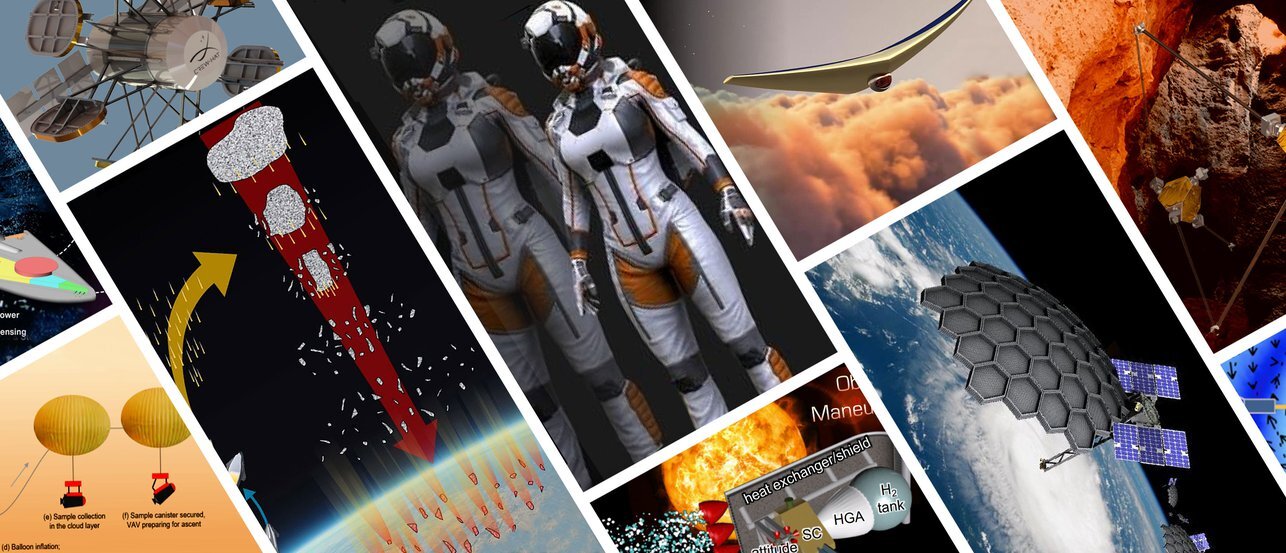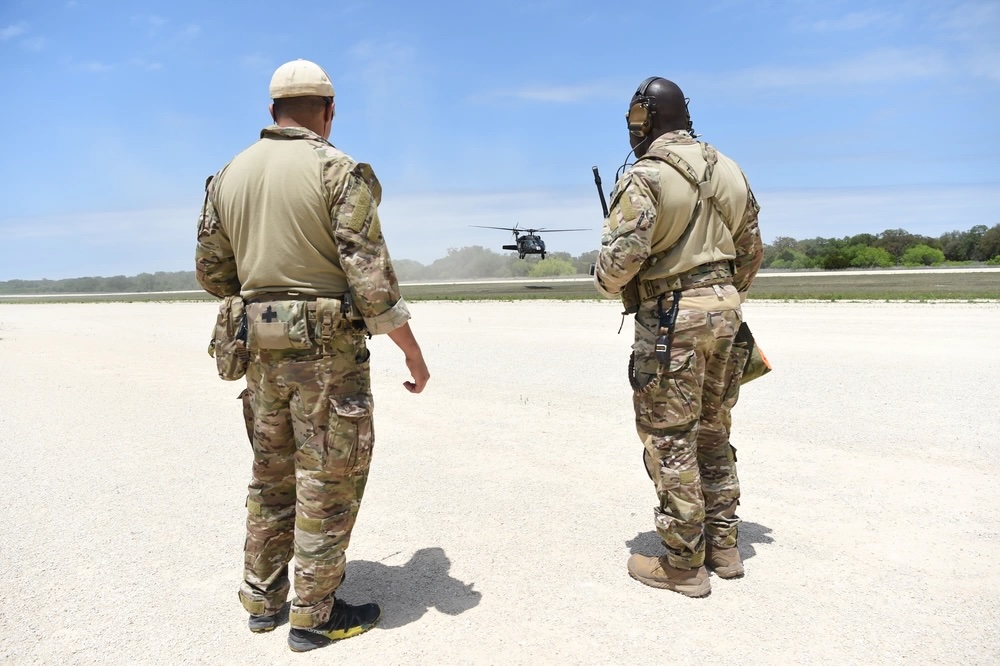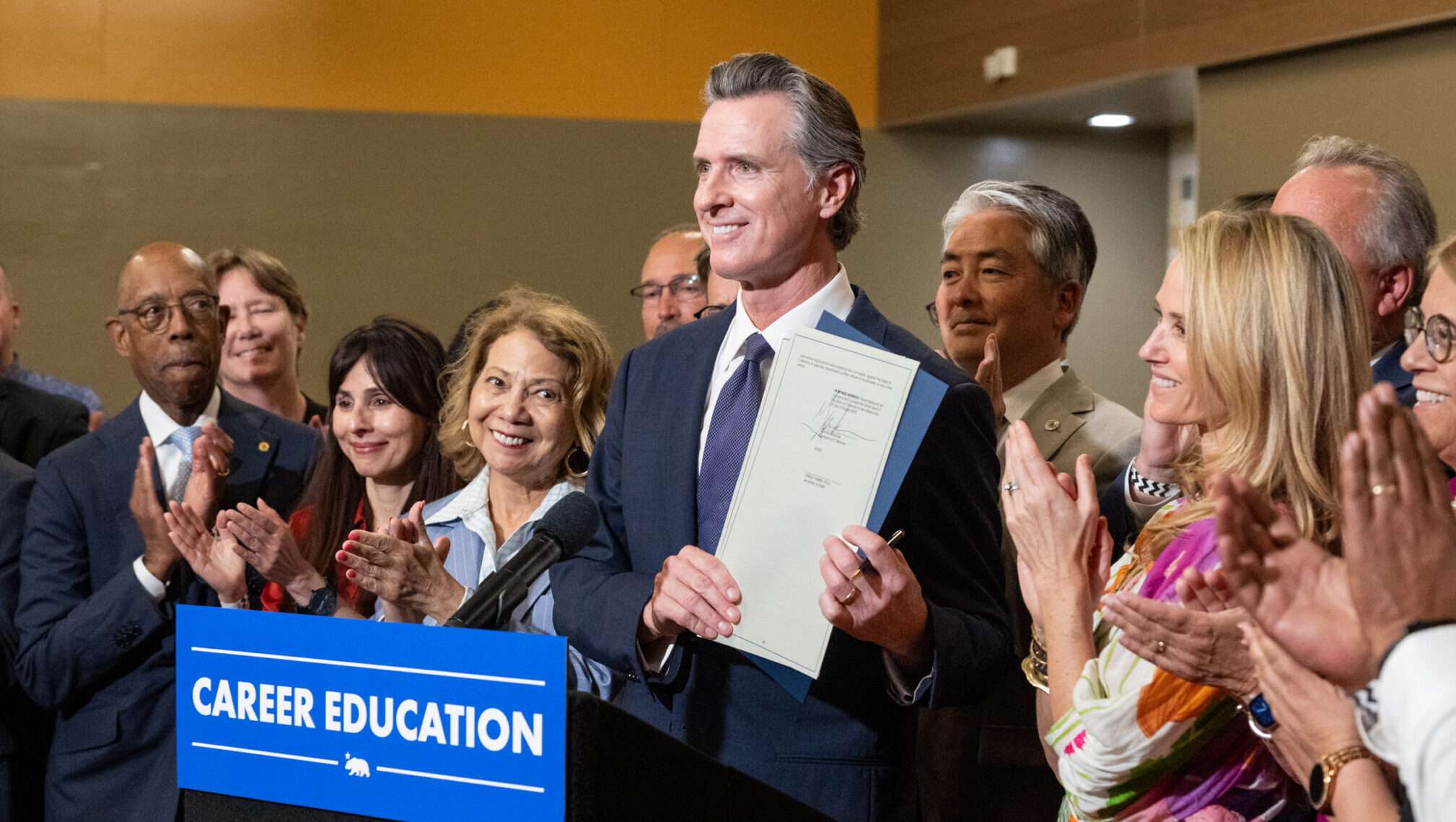NASA selects futuristic room technological innovation concepts for early analyze


An astronaut measures into a system scanner and, several hours later, walks on Mars in a tailor made-produced spacesuit, respiration oxygen that was extracted from Mars’ carbon dioxide-abundant atmosphere. On Venus, an inflatable chook-like drone swoops as a result of the sky, researching the planet’s ambiance and weather conditions patterns. Strategies like these are at this time science fiction, but they could one day turn out to be reality, thanks to a new round of grants awarded by NASA.
The NASA Modern Superior Concepts (NIAC) program fosters exploration by funding early-phase reports to appraise technologies that could assist potential aeronautics and house missions. A new slate of awards will give a whole of $5.1 million to 17 scientists from 9 states.
“As we set our sights on at any time more demanding places for exploration with individuals and robots, impressive thoughts and foreseeable future imagining will be critical to serving to us get to new milestones,” mentioned NASA Deputy Administrator Pam Melroy. “Principles like individuals currently being analyzed with this new spherical of NIAC funding are encouraging us grow the scope of the probable so we can make it fact.”
The picked concepts involve 12 new projects for Period I examine, as very well as 5 Stage II awards that will let researchers to carry on their prior work on ground breaking principles. The jobs are even now in the early phases of enhancement and are not thought of official NASA missions. Stage I fellows will just about every get $175,000 for a nine-month examine, and Section II fellows will receive $600,000 each individual for study above a two-year period.
“NASA’s mission to investigate the universe necessitates new systems and new strategies of doing items,” mentioned Jim Reuter, associate administrator for NASA’s Space Technology Mission Directorate (STMD) at the agency’s headquarters in Washington. “Studying these resourceful strategies is the first stage to switch science fiction into science truth.”
The new Period I initiatives include a novel layout for a crewed spacecraft that provides far more defense from radiation on long journeys than standard crew modules, a idea for a completely silent electric powered airplane, and an thought for a spacecraft that could harness the Sun’s heat to propel it out of the solar technique at unparalleled speeds.
John Mather, Nobel laureate and astrophysicist at NASA’s Goddard House Flight Heart in Greenbelt, Maryland, proposes a strategy that could aid humanity examine distant, Earth-like exoplanets. A football industry-sizing starshade in area would be aligned with ground-dependent telescopes, blocking out the mild from distant stars and letting astronomers to lookup for signs of lifetime in the atmospheres of planets in other star methods.
https://www.youtube.com/enjoy?v=QoZEzKNURJg
A concept proposed by Sara Seager of the Massachusetts Institute of Technologies would support experts examine a earth substantially nearer to house: Venus. A probe would parachute into the planet’s atmosphere to capture a sample of fuel and clouds. The sample would be introduced to Earth, where researchers could glimpse for symptoms of daily life in Venus’ atmosphere—one of the couple of probable areas it could endure on the normally sizzling, substantial-stress earth.
“As in decades past, our new team of NIAC fellows showcases the creativeness and vision of the room neighborhood at significant,” said Michael LaPointe, acting application govt for the NIAC system at NASA Headquarters.
The chosen Section II projects incorporate a style for little climbing robots that could check out subsurface caves on Mars, a novel way of making use of nuclear electric power for spacecraft, and a strategy for a swarm of 3D-printed swimming micro-robots that could discover ocean worlds like Enceladus, Europa, and Titan.
Stage II fellow Zac Manchester of Carnegie Mellon University will continue on his perform on a idea for synthetic gravity in space employing a kilometer-sizing rotating construction. Following launching on a solitary rocket, the proposed framework would deploy to 150 instances its original sizing, turning into a large rotating habitat that would provide artificial gravity equivalent to Earth’s gravity in some parts of the composition.
The researchers picked to obtain NIAC Section I grants in 2022, their institutions, and the titles of their proposals are:
- Darmindra Arumugam, NASA’s Jet Propulsion Laboratory in Southern California: Cryospheric Rydberg Radar
- Steven Barrett, Massachusetts Institute of Technological innovation in Cambridge: Silent, Strong-State Propulsion for Sophisticated Air Mobility Motor vehicles
- Jason Benkoski, Johns Hopkins College in Baltimore: Mixed Warmth Shield and Solar Thermal Propulsion Technique for an Oberth Maneuver
- Elena D’Onghia, College of Wisconsin–Madison: CREW HaT: Cosmic Radiation Extended Warding making use of the Halbach Torus
- Bonnie Dunbar, Texas A&M College in School Station: The Spacesuit Digital Thread: 4. Manufacture of Personalized Substantial Overall performance Spacesuits for the Exploration of Mars
- Ivan Ermanoski, Arizona Condition University in Tempe: Respiration Mars Air: Stationary and Transportable O2 Generation
- Philip Lubin, College of California, Santa Barbara: Pi—Terminal Protection for Humanity
- John Mather, NASA Goddard: Hybrid Observatory for Earth-like Exoplanets (HOEE)
- Marcin Pilinski, College of Colorado, Boulder: In-situ Neutral-Optics Velocity Analyzer for Thermospheric Exploration (INOVATE)
- Jonathan Sauder, NASA’s Jet Propulsion Laboratory in Southern California: Starburst: A Innovative Less than-Constrained Adaptable Deployable Composition Architecture
- Sara Seager, Massachusetts Institute of Technology in Cambridge: Venus Ambiance and Cloud Particle Sample Return for Astrobiology
- Mahmooda Sultana, NASA Goddard: SCOPE: ScienceCraft for Outer Planet Exploration
The scientists selected to receive Phase II grants in 2022, their institutions, and the titles of their proposals are:
NASA selects early-phase technologies principles for new, continued review
Quotation:
NASA selects futuristic place technologies concepts for early analyze (2022, February 28)
retrieved 1 March 2022
from https://phys.org/news/2022-02-nasa-futuristic-space-technologies-concepts.html
This doc is issue to copyright. Aside from any reasonable working for the purpose of personal review or investigation, no
portion may possibly be reproduced devoid of the published permission. The content material is supplied for information and facts uses only.





